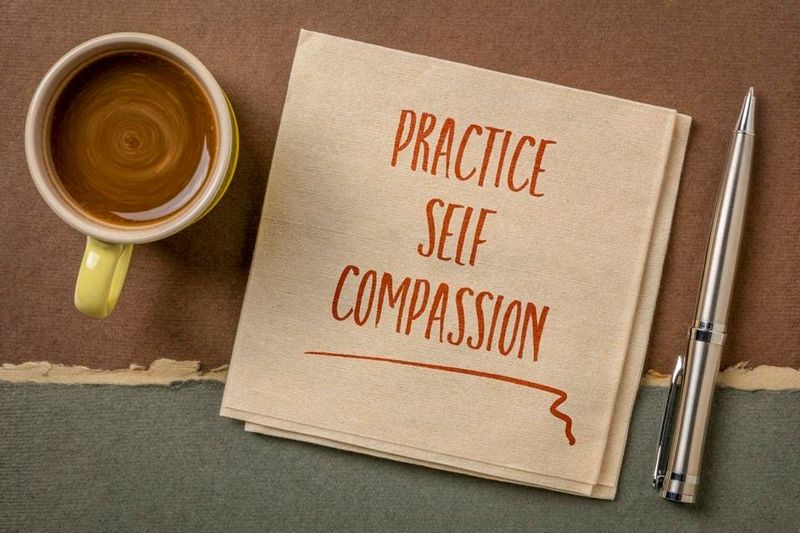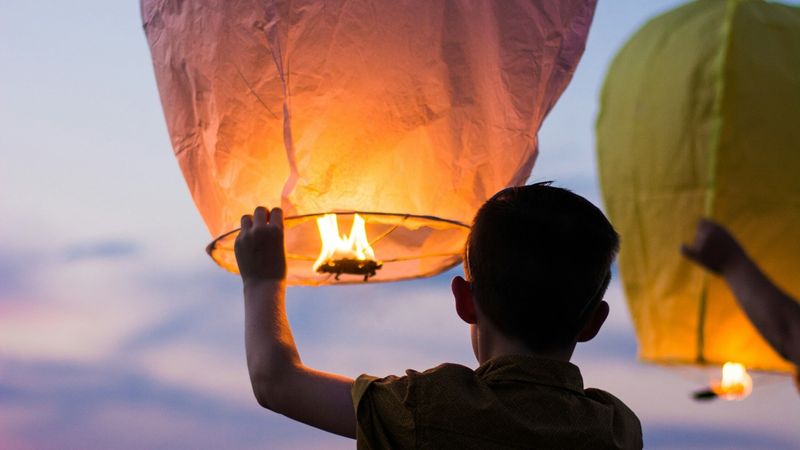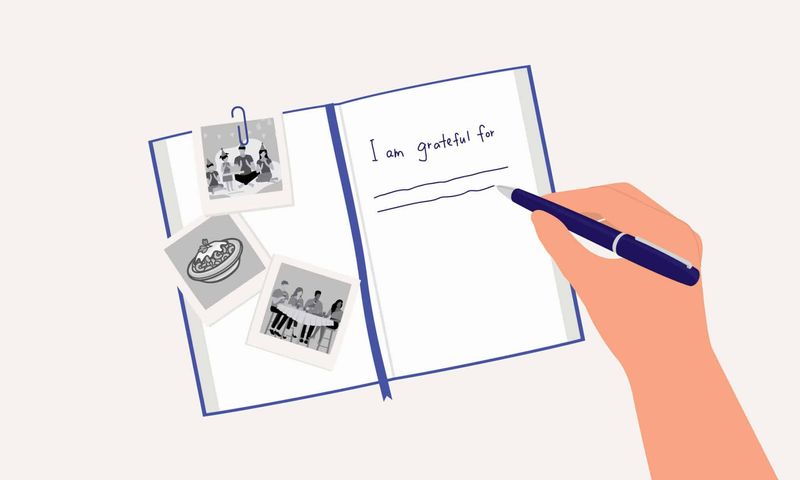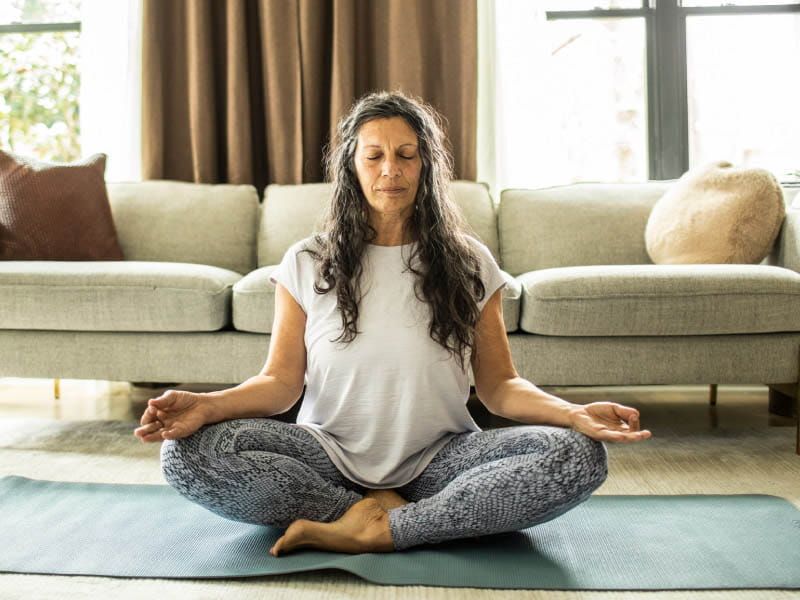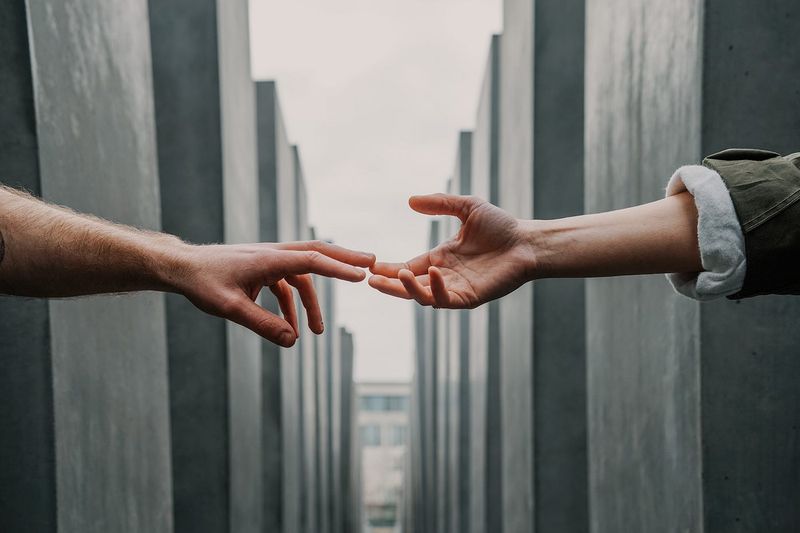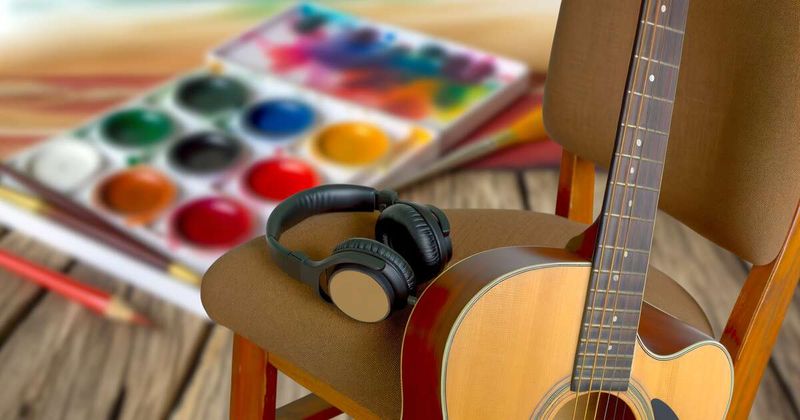Ah, past relationships — the ghosts of “what could’ve been” that love to show up uninvited, like bad exes at your emotional doorstep. We’ve all got them. Tiny heart-bruises, messy memories, and those late-night mental reruns of things we wish we’d said (or never said at all).
But healing? Oh darling, healing isn’t about pretending it didn’t hurt. It’s about learning to dance with the ache and still choosing joy. It’s not about forgetting — it’s about reclaiming. Your peace. Your power. Your “you.”
So let’s stop treating those scars like shameful secrets and start seeing them for what they are: proof that you’ve lived, loved, and survived. These 17 steps aren’t magic potions or quick fixes — they’re little rebellions against the pain and bold reminders that your past doesn’t get to write your whole story.
Ready to turn those scars into your superpower?
1. Rediscover Yourself
When was the last time you truly felt like yourself? Past relationships can sometimes blur our sense of identity. Start by reconnecting with who you were before the relationship. Spend time alone, not in solitude but in self-discovery. You’ll find pieces of yourself you thought were lost forever.
Maybe it’s as simple as revisiting a favorite book or taking a walk in the park. Each step you take alone is a step towards rediscovering the unique person you are. Remember, it’s not about reinventing the wheel — it’s about polishing the gem that’s always been there.
Let the world see the person you are, not the one shaped by past hurts. Your journey of self-discovery is a testament to your courage. Embrace the freedom to redefine your identity on your terms.
2. Embrace Vulnerability
It can be terrifying, like standing on the edge of a cliff. But it’s also where connection and healing begin. When you’ve been hurt, building walls feels safe. Yet true healing happens when you dare to open up.
Talk to someone you trust — share your fears, your dreams, and your story. Let yourself be seen, not just the curated version. In this exposure you find strength and in sharing you find support.
Remember, vulnerability is not weakness. It’s the bravest thing you can offer. It’s where healing lives. By being open, you not only allow others to connect with you more deeply but also give yourself permission to heal and grow.
3. Set Boundaries
After a relationship, it’s crucial to establish boundaries that protect your peace and well-being. Boundaries are not about keeping others out, they’re about keeping yourself safe.
Consider what you need to feel secure. Is it emotional space, time apart, or limiting certain conversations? Clearly communicate these needs to those around you. It’s okay to say no. No to situations that trigger old wounds or people who drain your energy.
This is an act of self-love and respect. It’s about honoring your emotional space and giving yourself permission to heal without interference. You are the gatekeeper of your heart. Protect it fiercely!
4. Reflect and Learn
Life’s toughest lessons come from our most painful experiences. Reflection is the bridge between experience and wisdom. Take time to sit quietly and write down what you’ve learned from your past relationship. What was beautiful? What was painful? What will you carry forward, and what will you leave behind?
This isn’t about blaming yourself or your partner. It’s about understanding patterns and choices. It’s about seeing your pain as a teacher rather than an enemy. As you write, let your thoughts flow without judgment.
Through reflection, you gain clarity and prepare yourself for healthier relationships in the future. It’s like tending to a garden — pruning the bad branches and nurturing new growth. Learn from the past, but don’t let it define you. Instead, let it guide you to a healthier, more fulfilling life.
5. Seek Professional Help
Sometimes, the labyrinth of emotions is too complex to navigate alone. This is a courageous step. Therapy offers a safe space where you can sift through your feelings, fears and experiences.
Consider it as a lighthouse — it guides you through the stormy seas of emotional turmoil. A therapist can provide tools and strategies to cope. Whether it’s one-on-one or group therapy, find what resonates with you and don’t hesitate to reach out.
Seeking help is not a sign of weakness, it’s an acknowledgment of your strength and your desire to heal. The path of healing is deeply personal and sometimes having a professional by your side can make all the difference.
6. Practice Self-Compassion
Be gentle with yourself. Imagine wrapping yourself in a cozy blanket of compassion. Healing isn’t a linear journey and there will be days when you feel like you’re taking two steps back. That’s okay. Self-compassion is about recognizing that you’re human, susceptible to hurt and capable of healing.
Practice kindness towards yourself. When the critical voices start to echo, counter them with affirmations of love and acceptance. You wouldn’t berate a friend for feeling hurt. Extend that same grace to yourself.
This is like a balm for your wounds. It nurtures and soothes. It allows your heart to heal at its own pace. Have in mind that you are worthy of love and patience — especially from yourself. Allow it to be your companion on this healing journey.
7. Find New Passions
When one chapter ends, another begins. Post-relationship is the perfect time to dive into something new. Explore passions that invigorate and excite you. The key is to immerse yourself in something that brings joy and meaning.
Rediscover joy outside of a relationship. Filling your life with experiences that make your heart sing. As you paint or dance, let each brushstroke or step be a declaration of your freedom and capability.
These new passions are not just hobbies, they’re a testament to your resilience and adaptability. They remind you of your ability to create beauty and find fulfillment on your terms. Embrace this opportunity to explore and turn the page to a new chapter.
8. Let Go of Guilt
Guilt can be a heavy chain that binds you to past mistakes. It whispers in your ear and replays moments you wish you could change. But holding onto guilt prevents healing. It’s time to release it.
Forgive yourself for perceived wrong decisions. Understand that every choice was made with the knowledge and emotional capacity you had at the time. It’s part of what makes you human, not flawed. Letting go of guilt is not about forgetting, it’s about freeing yourself from its grasp.
Allow yourself the grace and forgiveness you would offer a dear friend. Your future is not dictated by past mistakes but by the courage to move forward without them.
9. Cultivate Gratitude
It has the power to transform how you see the world and yourself. Start a daily practice of writing down three things you’re grateful for. It can be as simple as the warmth of the sun on your face or a kind word from a stranger.
Focusing on this shifts your mindset from what’s missing to what’s present. It’s a gentle reminder of the beauty and kindness that exists even amidst pain. Each entry is a new lens through which to view life.
You’ll find it brings a sense of peace and contentment. It doesn’t erase pain, but it balances it with joy. Let gratitude be the light that guides you through the darkness of emotional wounds.
10. Forgive and Release
This one’s often misunderstood. It’s not about condoning hurtful actions, like many think. It’s actually about freeing yourself from the cage of resentment. Drop those heavy stones into the sea. As they sink, feel the weight lift from your shoulders.
Forgive not because they deserve it, but because you do. Holding onto anger only harms you. This way, you reclaim your peace and power. It’s a gift you give to yourself that allows you to move forward without the chains of bitterness.
This act creates space for healing and new experiences. It’s not about forgetting! It’s about choosing to focus on your future rather than past pain.
11. Engage in Meditation
Be present with yourself and observe your thoughts without judgment. Sit in a quiet space, close your eyes, and focus on your breath. Allow each inhale to fill you with peace and each exhale to release tension.
It’s not about escaping reality but embracing it with mindfulness. It helps you connect with your inner self and understand your emotions better.
This is a sanctuary of peace amidst chaos. It nurtures your spirit and anchors you in the present moment.
12. Rebuild Trust
Trust, once broken, can feel irreparable. But rebuilding it is possible. You just need to start with yourself. First, believe in your instincts and decisions. Acknowledge past mistakes without letting them define your ability to trust again.
Rebuilding trust with others requires patience and open communication. Start small, with those who have consistently shown reliability and care. Trust is a fragile thing, nurtured by honesty and time.
Remember, it’s a foundation for future relationships. So now, you lay the groundwork for healthier connections. Trust yourself and your capacity to love and to be loved. Time for new beginnings, built one step at a time.
13. Focus on the Present
This is a gift, overshadowed by past regrets or future anxieties. Shift your focus to the here and now. Engage with your surroundings — listen to the street musician and feel the breeze on your skin.
Appreciate life’s simple pleasures. It’s about savoring the moment, free from the shadows of the past or the uncertainties of the future. Each moment you embrace is a step towards healing, a reminder that life is happening now.
Let go of what’s behind and immerse yourself in the beauty of today. You deserve to experience life fully, without the weight of yesterday.
14. Connect with Nature
Nature has a way of healing that is profound and grounding. Step outside and let the earth’s beauty envelope you. Whether it’s a walk in the forest, a day at the beach, or simply tending to a garden — nature offers solace and perspective.
This reminds you of the bigger picture. It shows you that life continues to thrive and grow, even after the harshest storms.
Nature’s rhythm is a gentle guide that teaches patience and resilience. Let it inspire you to heal and grow, to find peace amidst chaos.
15. Engage in Creative Expression
It’s a powerful outlet for emotions. You can express feelings that words alone cannot capture. Pick up a guitar, a paintbrush, or a pen, and let your emotions flow freely.
It allows you to process and release pain. It’s a form of storytelling! This becomes a narrative of your journey. In creating, you transform pain into beauty.
Embrace the freedom of creative expression and let it guide you towards healing and self-discovery.
16. Surround Yourself with Positivity
It’s contagious! Trust me. Surround yourself with people who uplift and inspire you. Spend time with those who bring out the best in you, who remind you of your strength and beauty.
Create an environment that reflects positivity. Let your space be filled with things that bring you joy and peace. A positive environment nurtures a positive mindset.
Just a reminder, this doesn’t mean ignoring pain. It’s about choosing to focus on the light amidst the darkness.
17. Volunteer or Help Others
Helping others is a healing balm for your own wounds. When you give, you shift the focus from your pain to the joy and fulfillment that comes from making a difference.
Volunteering connects you with others and offers new perspectives and experiences. It reminds you that you are not alone, that everyone has their struggles and triumphs. Through helping others, you find a sense of purpose and belonging.
Let service be a part of your healing quest. Each act of kindness is a step towards mending your own heart. As you plant seeds of hope in others, you’ll find that they bloom within you as well.







